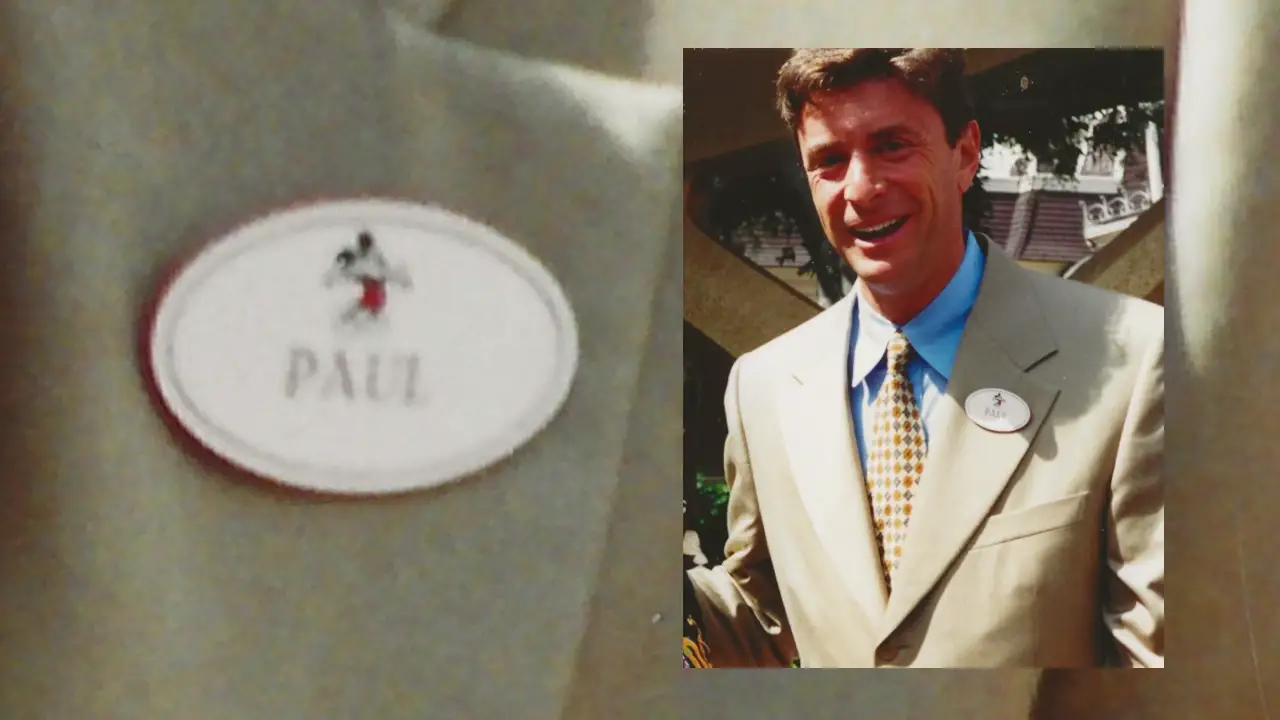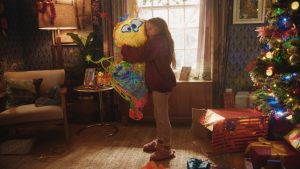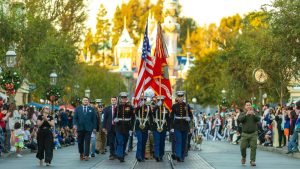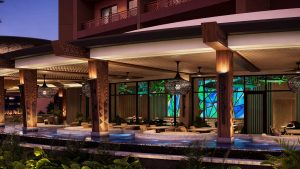November 7, 1994, is not an anniversary date celebrated by Disneyland fans. Nor is it even noted by the Walt Disney Company. But that day, thirty years ago, was marked by an event that would have an immediate effect on the Happiest Place on Earth, with long-term consequences for the theme park industry in general.
On November 7, 1994, Paul Pressler was officially promoted to President of Disneyland.
This article will not be yet another opportunity to simply bash an unpopular executive and his decisions. It will, however, look at just what effect it had on the park during the “Disney Decade,” and beyond.
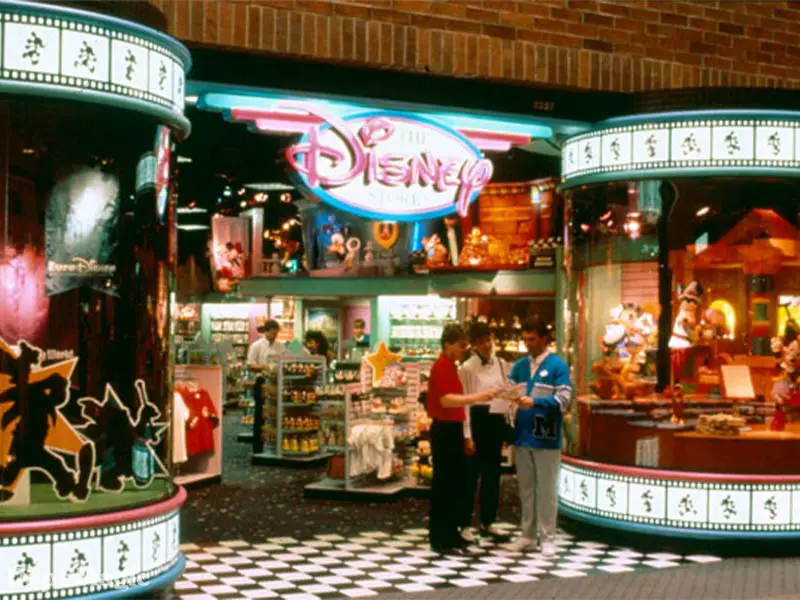
That Pressler received this position was unremarkable at the time, considering his background in the company. In 1987, following a few years working in the toy industry, he took a position in product licensing for Disney Consumer Products. His success there led to his selection as the head of the company’s retail chain, The Disney Store. In 1994, shortly after launching a new prototype store, he became the second President of Disneyland.
Only the geekiest of Disney fans was aware of any of this as Pressler took the reins of Walt’s original Magic Kingdom. But the decisions he would make, petty or profound, would serve to shape the discourse wherever fans would meet, whether in person or in a rapidly growing new media, the internet. The Usenet group alt.disney.disneyland was an early hub for Disney fans who had discovered they could chat with others of their ilk around the world online. Disney would launch their own site in 1996, with disneyland.com following in 1998.
All of this, however, was in the future as the new executive settled in. The charge to make Disneyland as fabulously profitable as the Disney Stores was kicked off with an immediate flurry of budget cuts. It is likely only coincidental that just two days after Pressler took office, the Skyway was closed down (as covered here in last month’s article). The Kodak Camera Center had occupied prime real estate on Main Street since the park’s opening in 1955. On November 19 it was unceremoniously removed to smaller digs at the end of the street, to make way for no less than two new clothing shops. Again, though this may have already been in the works, the closures and shuffling of attractions, shops, and restaurants would become a hallmark of the Pressler era.

There is, for example, the case of Uti, the Fishing Goddess. She was the first tiki guests encountered at Walt Disney’s Enchanted Tiki Room. Her flower-bedecked longboat jutted from an impressive thatched A-frame structure, rising above the Dole Whip stand. Uti held a flaming torch in one hand, and a speared fish in the other. According to legend, it was Uti who taught fishermen to go out at night with a torch to illuminate the water and attract fish to the surface. At Disneyland, her torch attracted guests to the Tiki Room!
But in 1994, Uti’s torch attracted a different kind of interest. Specifically, the monthly bill to feed the flame with natural gas. It was deemed an unnecessary expense, and Uti’s torch was extinguished. The Tiki Room itself was deemed an unwieldy expense, as it did not attract the higher guest count of newer attractions. Consequently, maintenance was deferred. Tikis inside the attraction were allowed to break down. Bird’s beaks were stilled. Cobwebs appeared among the colorful flowers. Outside on the lanai, crumbling thatch betrayed bare patches as dry rot set in. In a final indignity, on January 8, 2000, Santa Ana winds knocked down Uti’s A-frame. The structure, the longboat, and the Goddess of Fishing were never restored.
Pressler found other innovative ways to enhance profitability. For the first time since Walt Disney himself declared that every shop and attraction would be open during all regular operating hours, Pressler instituted staggered openings, reasoning that attractions that were not “busy enough” during the early hours of the day could be left dark. Shops that did not achieve specific financial goals were switched to more profitable items, meaning guests would find the same merchandise all over the park. Shops that still failed to reach a target profit were simply shuttered.
Maintenance was also deemed an unnecessary expense. Procedures that had been set in place by Walt Disney’s almost fanatical devotion to cleanliness and order fell by the wayside. Paint peeled, lightbulbs burned out, and planters grew unkempt. In one infamous exchange, a long-term Big Thunder Mountain supervisor was quizzed by one of Pressler’s consultants: “Why do you inspect the lap bars daily? The records show they never fail.” The reply: “The reason they don’t fail is because we check them every night.”
Another comment would come back to haunt Pressler and his legacy. At least three cast members recalled a visit by Pressler to the Railroad roundhouse, in which he justified his team’s cost-cutting with the statement reportedly being, “We have to ride these rides to failure to save money.” The ultimate cost was two guest fatalities, one on Big Thunder Mountain Railroad and the other in a Christmas Eve, 1998 accident on the dock of the Columbia sailing ship. It was the first time in the history of the park that Disney was directly responsible for a guest fatality.
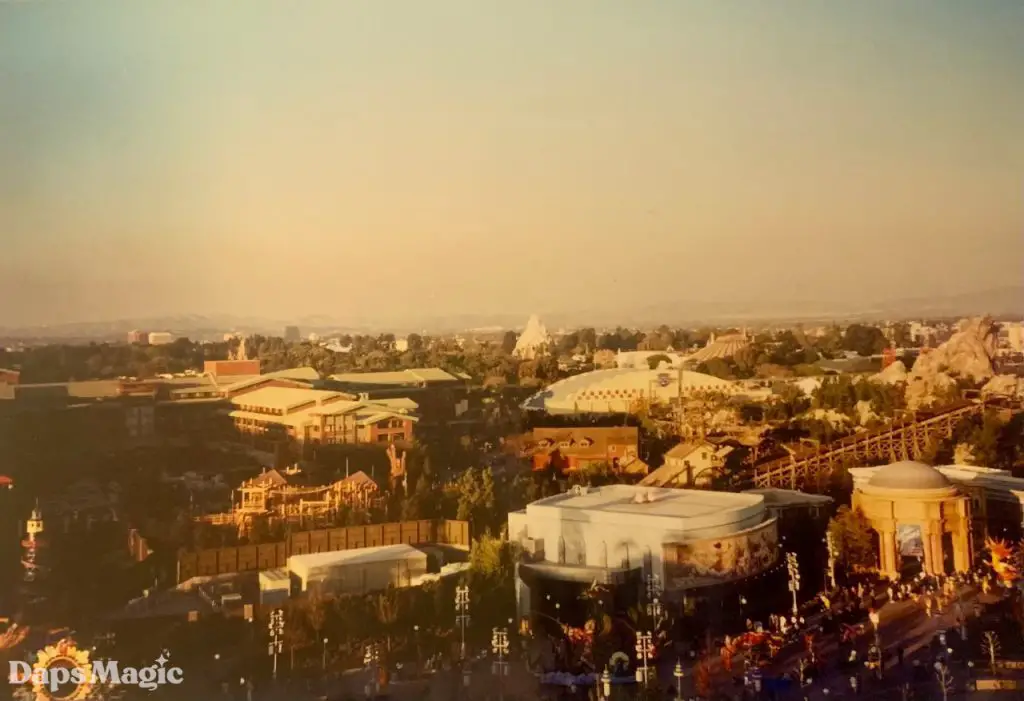
As these wrongful death suits were wending their way through the courts, Pressler was overseeing the biggest expansion in the history of Disneyland. The creation of the Disneyland Resort was intended as a culmination of the Disney Decade. Due to cost-cutting and interference, the grand opening would not take place until 2001. The Resort would feature a lavish new hotel, a retail and dining district, and the much anticipated second theme park for Anaheim. Disney’s California Adventure would receive universally negative reviews, centered primarily on the lack of big-budget attractions and lackluster attention to quality details. There was, however, a full complement of well-stocked shops and high-end restaurants.
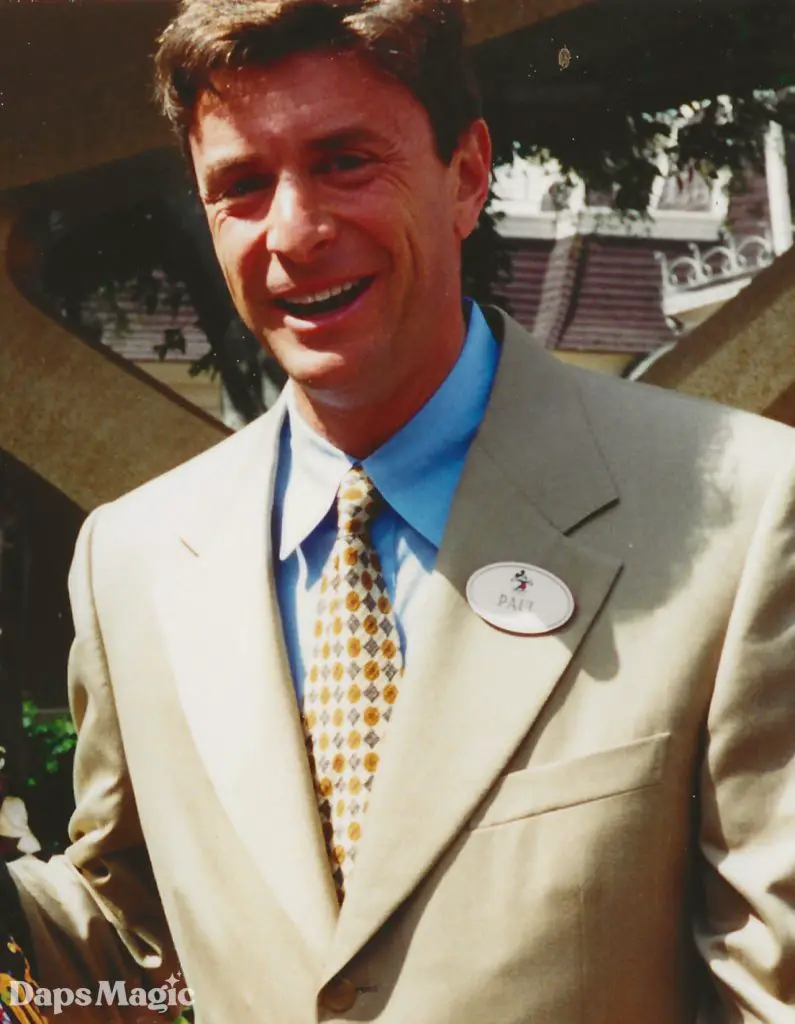
Observers had already seen the effects of Pressler’s oversight on the “new” Tomorrowland of 1998. After a series of exciting announcements and the release of alluring images, guests were left far less impressed during the May 1998 opening. The Imagineers who were tasked to work with his diminished budgets took the brunt of the criticism. Pressler, meanwhile, moved on to a new role as President of Walt Disney Attractions in December 1998. In 2000 he was promoted to Chairman of Walt Disney Attractions.
Following the disastrous opening of Disney’s California Adventure and multi-million dollar settlements for the wrongful deaths in Disneyland, Paul Pressler left the Walt Disney Company in September 2002. The legacy of his eight-year tenure running first Disneyland, and then the Disney theme parks, resonates to this day. Before Pressler, managers rose from the ranks of daily employees and could eventually take executive positions. Today, many executives are recruited for their ability to make tough business decisions, regardless of any background in creating or promoting actual entertainment. It has been said that Walt Disney created Disneyland because he wanted it. Today, his magical little park is one of a dozen being operated by a massive entertainment conglomerate. This is a change that no one could have foreseen that November day when a new President was appointed, thirty years ago at Disneyland.

